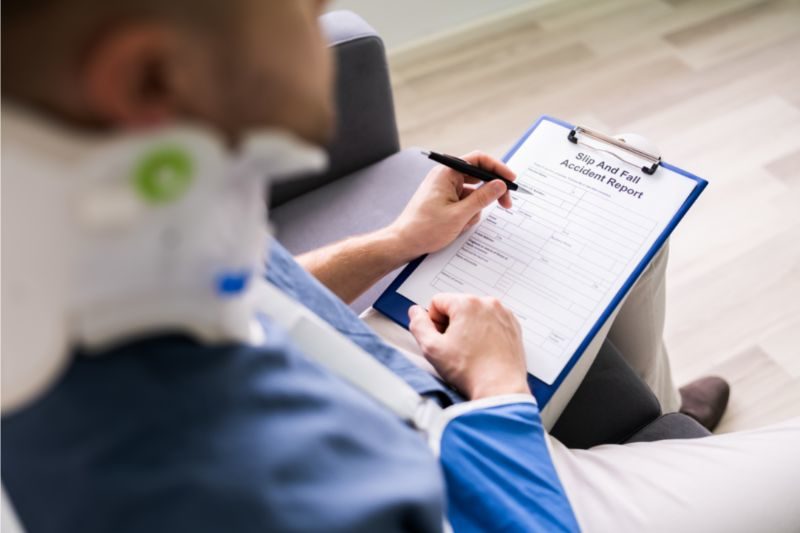Most people have heard the details of a personal injury case or two: someone falls down the stairs of a business because they neglected to clear snow and ice off the steps, or someone sues a grocery store because they neglected to put out a wet floor sign. Whatever the case may be, the result is the same…a person was injured on the premises of a business due to someone else’s negligence. These types of personal injury cases are called “premises liability cases.” If you find yourself on either end of a premises liability lawsuit, this blog is for you!
Proving negligence is the key to success in a premises liability case. A plaintiff must prove a business owner or an employee of the business was negligent through the following elements:
- The Plaintiff must provide proof that a dangerous condition existed on the business premises
- The Plaintiff must prove the business owner or employee knew or should have known about the dangerous condition OR created the condition
- The Plaintiff must prove the business owner or employee failed to correct the dangerous condition
- The Plaintiff must prove they suffered an injury because of the failure to correct the dangerous condition.
Overall, it seems pretty straightforward. The purpose of this blog, though, is to bring attention to one specific rule of evidence.
According to Rule 407 of the Federal Rules of Evidence, entitled “Subsequent Remedial Measures,” a Plaintiff may not bring up the fact that the business owner or employee later took steps to repair or correct the dangerous condition if they are trying to use it to prove negligence in the first place. For example, imagine the following scenario:
A Plaintiff sues a business owner because there was not proper lighting in the stairwell of their building. The improper lighting caused the Plaintiff to miss a particularly steep step and consequently injure their ankle. The Plaintiff sues the business owner. During the lawsuit, the business owner installs new lights into the stairwell.
A Plaintiff in this scenario may try to bring into evidence the fact that the business owner installed new lighting because they believe this serves as an admission that the stairwell was unsafe and needed new lighting in the first place. However, due to Rule 407, the Plaintiff may not bring this repair or cautionary measure into evidence to prove the business owner was negligent. Why, you may ask? Well, the court does not want a business owner to feel uncomfortable correcting a potentially dangerous situation simply because it may be used against them in a personal injury case. If there is a potentially dangerous situation on the premises, it should be corrected and more likely than not, a business owner will not feel comfortable correcting the danger until the lawsuit has ended. The rule essentially protects future customers from being injured and puts a stop to any conflict a business owner may have between correcting a dangerous situation or prolonging the danger so a repair is not used against them in court.
A plaintiff may, however, use the fact the business owner added new lighting to prove ownership or control of the business. The plaintiff may also use the fact the business owner repaired the lighting to prove it was easily feasible to do so. This may mean the Plaintiff can use the fact to prove things like “it would have taken 20 minutes to fix” or “it would have only cost $150 to fix.” However, ownership, control, and feasibility must actually be in dispute before this evidence can be brought.
This is just one rule of evidence that applies to premises liability cases, but it is an important one. If you believe you have a valid claim for a premises liability case, contact King Law Offices today so we can set you up for a consultation with one of our personal injury lawyers.

